Moments In History That Were The Most Terrible Mistakes

- In 1788, thousands of men lost their lives when the Austrian army mistook their own drunken patrolmen for Turkish soldiers.
- Because his driver took a wrong turn, Archduke Franz Ferdinand was assassinated by Gavrilo Princip, inadvertently starting World War I.
- All seven crew members aboard the Space Shuttle Columbia died upon re-entry because NASA engineers failed to inspect potential damage on the shuttle’s left wing.
History is filled with moments of great triumph and success that in some way shaped society. It is also marred by moments that can only be described as huge mistakes. These events tend to result in devasting loss, whether it be human or financial. Fear, negligence, happenstance, and schnapps all play some role in one or more of the mistakes explored below.
It is said that history is written by the victors, but the following proves that it can also be the product of blunders and slip-ups.
The Kerkoporta Gate (1453)
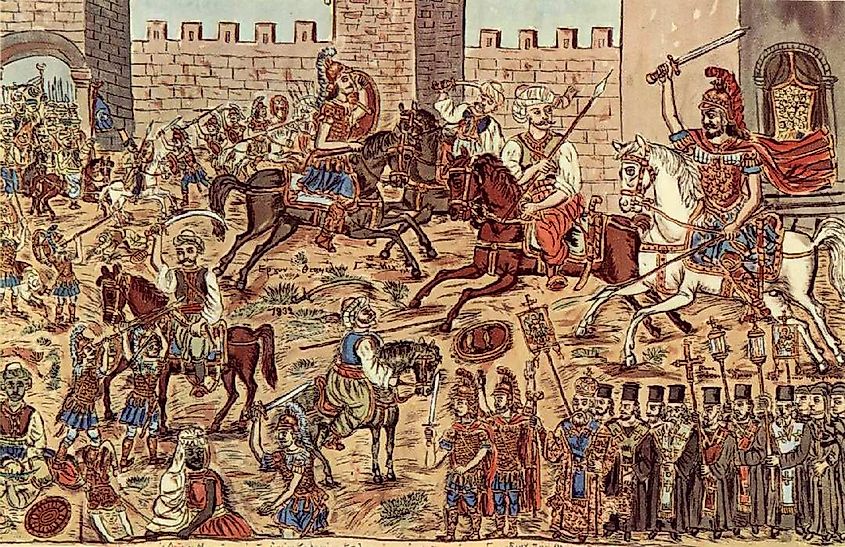
Since its establishment as the new capital of the Roman Empire, defensive stone walls surrounded the city of Constantinople to protect its citizens from outside forces. These walls were considered impregnable, giving the Romans a false sense of invulnerability. However, in May 1453, while under siege by the Ottomans, a single guard accidentally left the Kerkoporta Gate unlocked overnight. Aware of the blunder, fifty Ottoman soldiers snuck inside, attacked the guards, and raised their banner atop the inner wall. Panic ensued, resulting in a drastic loss of Roman morale which contributed to the eventual fall of the great city.
The Chinese Treasure Fleet (1525)
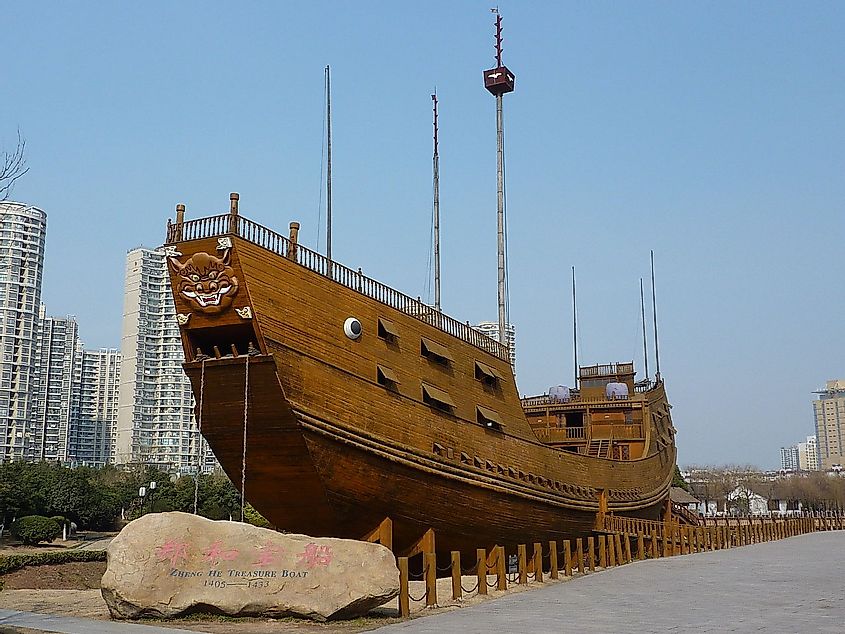
Throughout the fifteenth century, China enjoyed the benefits of international travel and trade due to its superior Treasure Fleet. At the height of its power, this fleet was made up of 3,500 ships that were roughly five times the size of any European vessel. However, the political elites were growing concerned about the rise of the merchant class who were gaining influence as a result. At their behest, the Chinese government set fire to the majority of their navy, leaving the rest to rot from lack of use. By 1525, the entire Treasure Fleet had been destroyed. China’s economy soon crippled and their global influence diminished, allowing Europe to emerge as the world’s economic and technological powerhouse.
The Battle of Karánsebes (1788)
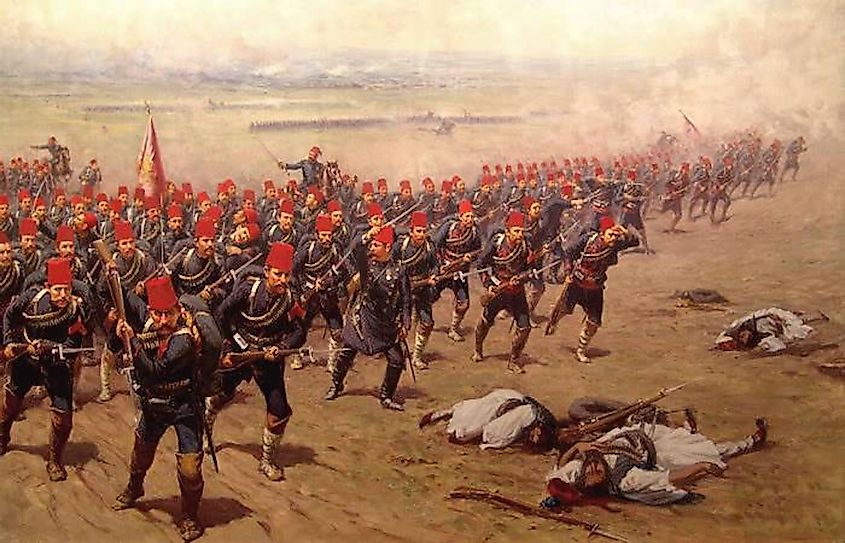
By 1788, the Austrian army and the Ottoman Empire were engaged in what is known as the Austro-Turkish War. In September of that year, they were fighting for Karánsebes. One night, Austrian scouts patroling the outskirts of town ran into travelers who offered them schnapps. When they refused to share with a group of passing infantrymen, a skirmish broke out. Back in town, the Austrian soldiers were convinced that the ruckus was the result of Turkish invaders. The drunken scouts returned in alarm to the cries of “Turks! Turks!” In the dark, they were mistaken for the enemy and a bloodbath ensued. By morning, approximately 10,000 soldiers had been killed. When the Turks arrived two days later, the Austrian army was so battle-weary, they took Karánsebes with incredible ease.
The Alaska Purchase (1867)
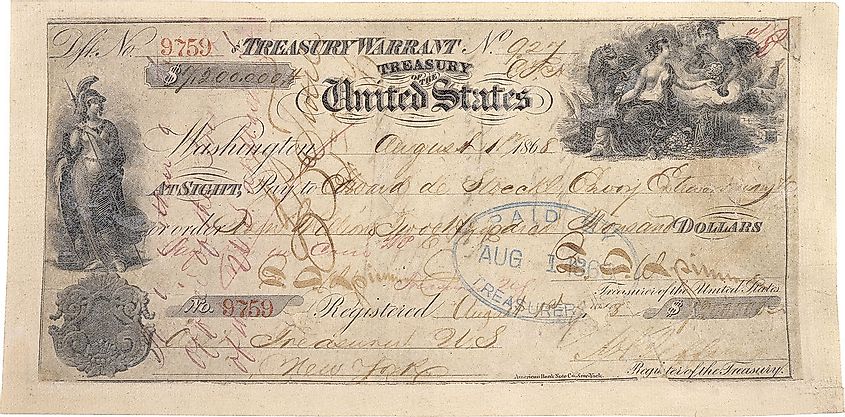
Russia’s economy was shattered following their defeat in the Crimean War. During this time, their Alaskan territory continued to be a hub for international trade. Concerned that the British might take advantage of their weakened state, Tsar Alexander II sold the land to the United States for $7.2 million—or $125 million today. At the time, the deal was quite sensible; it helped strengthen ties with the United States, while simultaneously annoying the English. However, the aptly named Alaska Purchase turned out to be a mistake as gold was soon discovered in the region. It is estimated that within the first fifty years, the United States had earned back their money 100 times over.
RMS Titanic (1912)
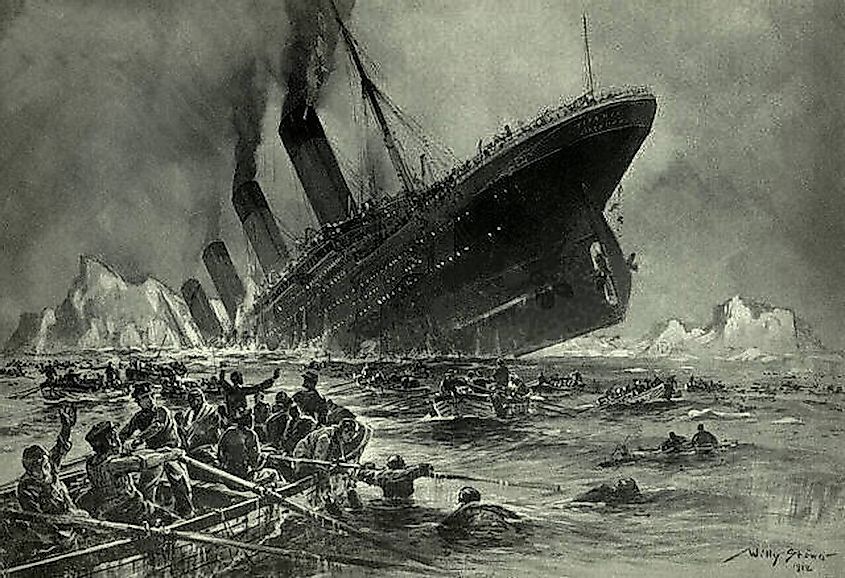
In April 1912, the RMS Titanic set sail from Southampton to New York. Considered unsinkable, it was the largest passenger ship ever built. On the evening of the 14th, the Titanic lay approximately 460 miles south of Newfoundland. Despite receiving seven early warnings via wireless radio about icebergs, the crew maintained the same speed, only alerting the ship’s course slightly. At 11:40 pm, the Titanic collided with an iceberg measuring up to 100 feet high and 400 feet long. The ship quickly took on water and sunk. It had only been equipped with twenty lifeboats for the 2,208 passengers on board. In total, 1,517 people died as a result of the crew ignoring those early warnings.
The Assassination of Archduke Franz Ferdinand (1914)
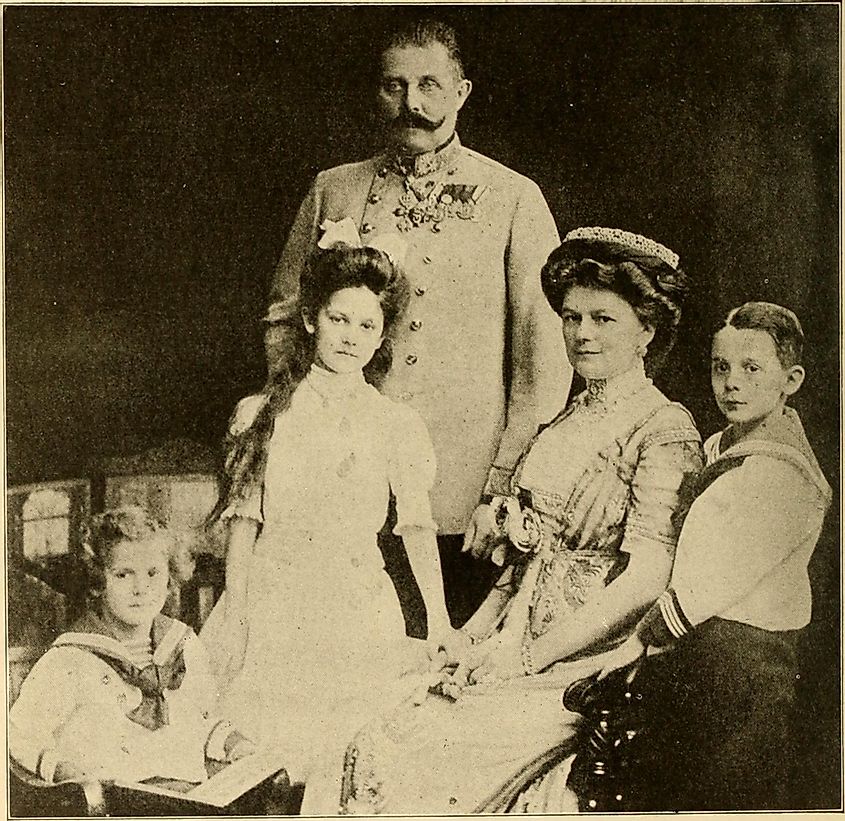
Archduke Franz Ferdinand was the inspector general of the Austro-Hungarian army and heir to the throne. In 1914, he accompanied the army to the Bosnian capital of Sarajevo to demonstrate its awesome might. On June 14, after delivering a speech at the town hall, the archduke decided to visit a group of injured dignitaries at the local hospital. Because of the language barrier, the Czech chauffeur did not know about the schedule change and stuck to the original planned route. Once he was made aware of his mistake, he stopped the car right in front of Gavrilo Princip, a nationalist seeking to end Austro-Hungarian rule in Bosnia. Princip assassinated both the archduke and his wife. Due to the fragility of Europe at the time, historians consider this event to be the short-term cause for World War I.
The Four Pests Campaign (1958 – 1962)

After banning private farming in favor of collective agriculture, Chairman Mao Zedong ordered the extermination of rats, flies, mosquitoes, and sparrows. With a sudden absence of birds, the insect population grew exponentially, ultimately contributing to what is known as the Great Chinese Famine. These insects—particularly locusts—engulfed the country, destroying the crops the Four Pests Campaign was designed to protect. There are reports claiming that the situation was so bad that people succumbed to cannibalism to fill their bellies. According to the Chinese government, approximately fifteen million people died of starvation, but some scholars put the number as high as 78 million.
The Chernobyl Disaster (1986)
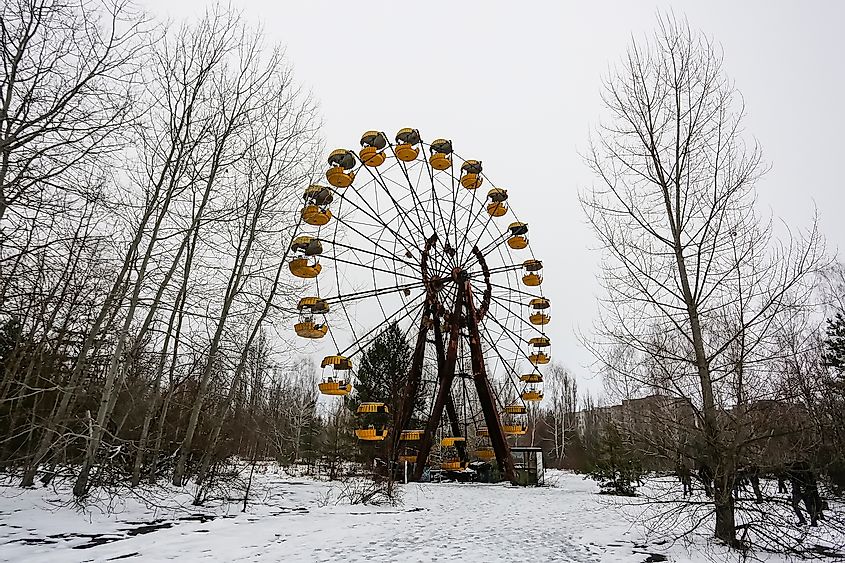
In April 1986, a group of technicians performed an experiment on one of the four reactors housed at the Chernobyl nuclear power station near the Ukrainian city of Pripyat. The experiment was poorly designed and resulted in a catastrophic explosion that released radioactive material into the atmosphere. The Soviet government attempted to cover-up their mistake, but this proved to be a futile effort as the chemicals spread as far as France. An estimated 200,000 people were forced to evacuate their homes; those that stayed behind, including the livestock, suffered radiation-related illnesses. There is no official casualty statistic, but it is assumed that around 125,000 members of the clean-up teams had died by 2005. As of that year, the UN predicted that another 4,000 might die. The Chernobyl disaster is regarded as the worst nuclear accident in history.
The Mars Climate Orbiter (1999)
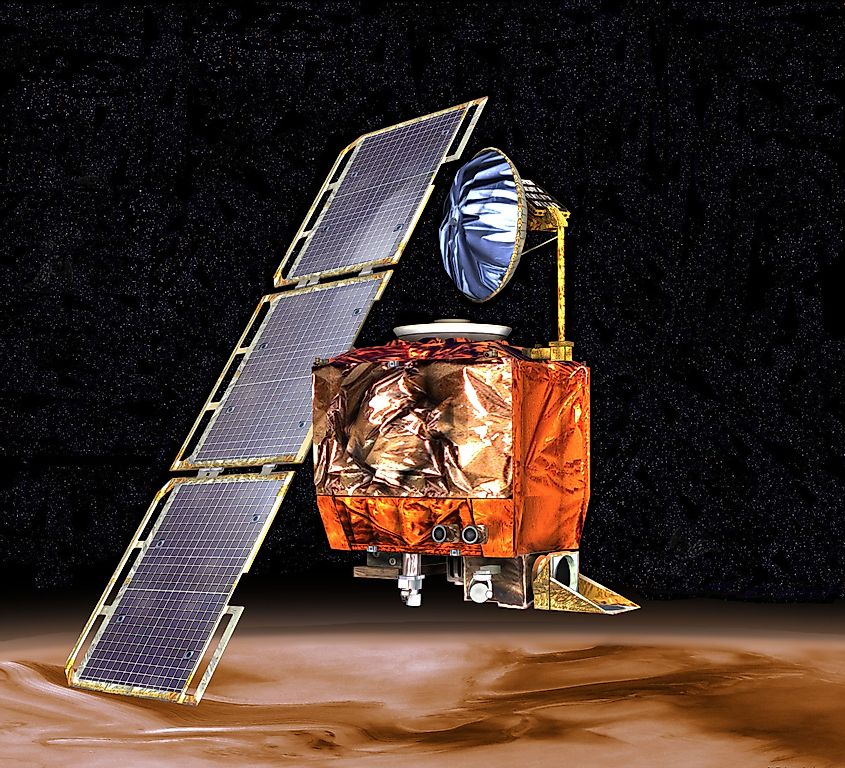
Back in December 1998, the Mars Climate Orbiter (MCO) was launched with the intent of studying the planet’s climate and atmosphere, among other things. After almost ten months of space travel, the MCO entered a trajectory that brought it too close to Mars where it eventually disintegrated upon entering the atmosphere. After investigating the cause of its destruction, scientists discovered that the team at the Jet Propulsion Laboratory had used the metric system in its calculations, while the company that built the spacecraft, Lockheed Martin Astronautics, used the imperial system. Such an avoidable mistake cost NASA approximately $125 million.
The Space Shuttle Columbia (2003)
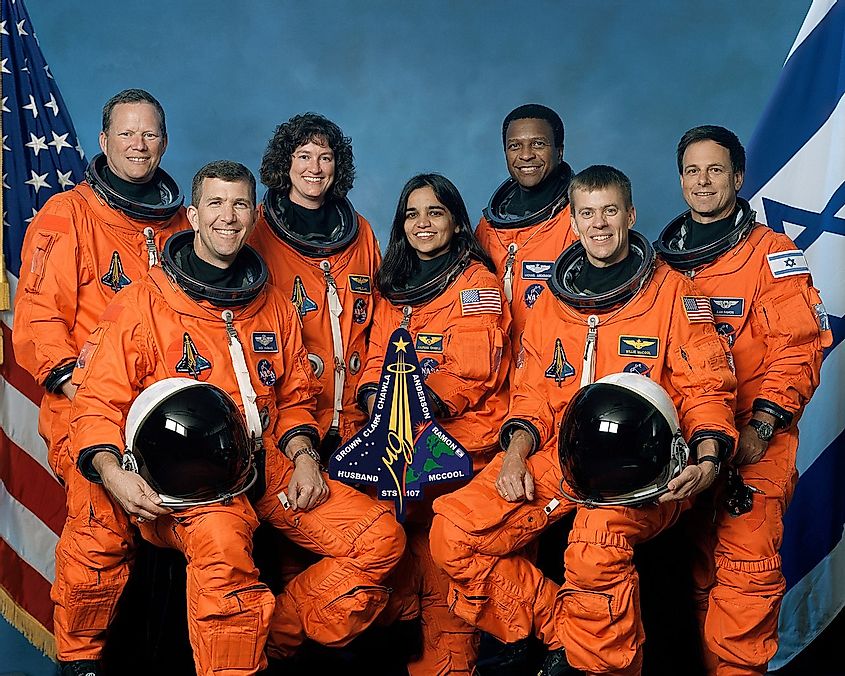
After being delayed eighteen times, the Space Shuttle Columbia launched on January 16, 2003. Within the first two minutes after liftoff, a piece of insulating foam detached from the shuttle’s external tank and struck the left wing. Some NASA engineers did not believe it was a big deal, while others wanted to use ground-based cameras to examine the orbiting shuttle for damage. In the end, the foam incident was all but forgotten and so, on February 1, the Space Shuttle Columbia embarked on its return journey. Consequently, it disintegrated upon re-entry, killing all seven crew members. As a result, NASA was widely criticized for their failure to take all necessary precautions.











